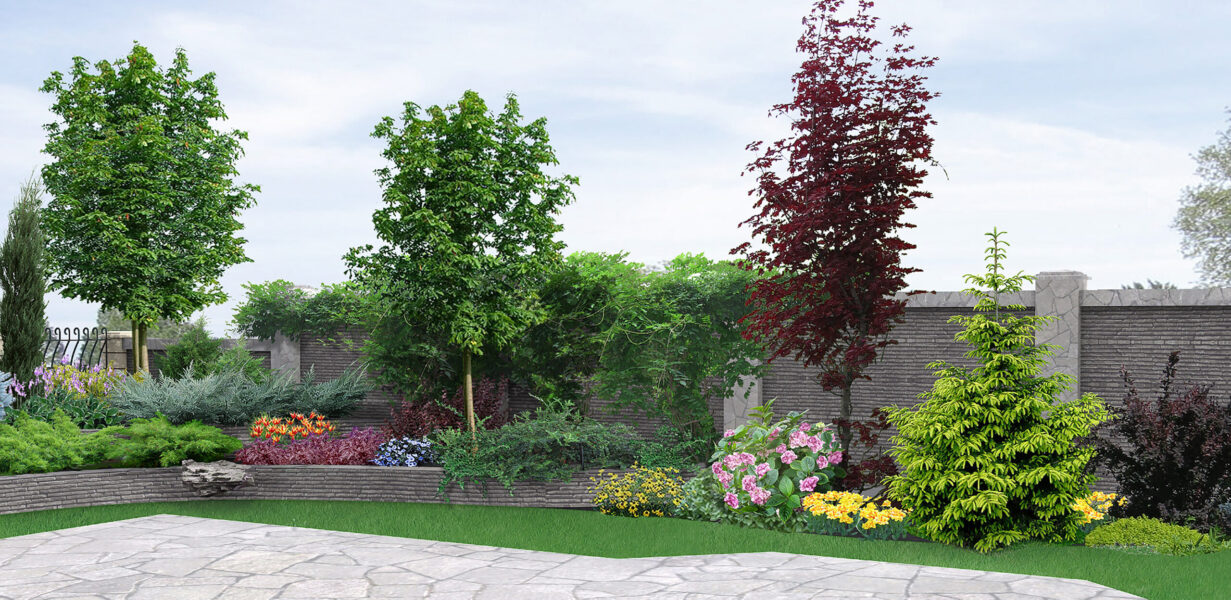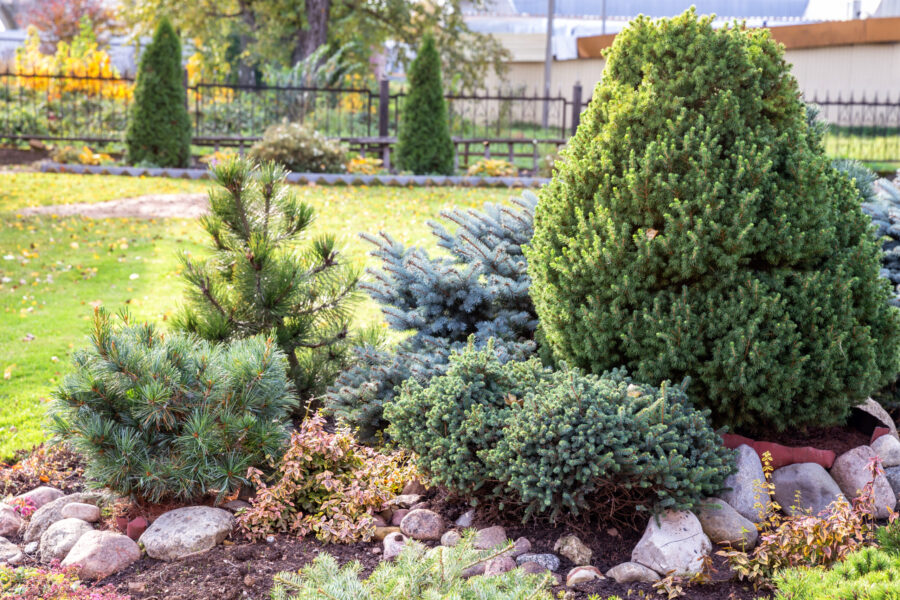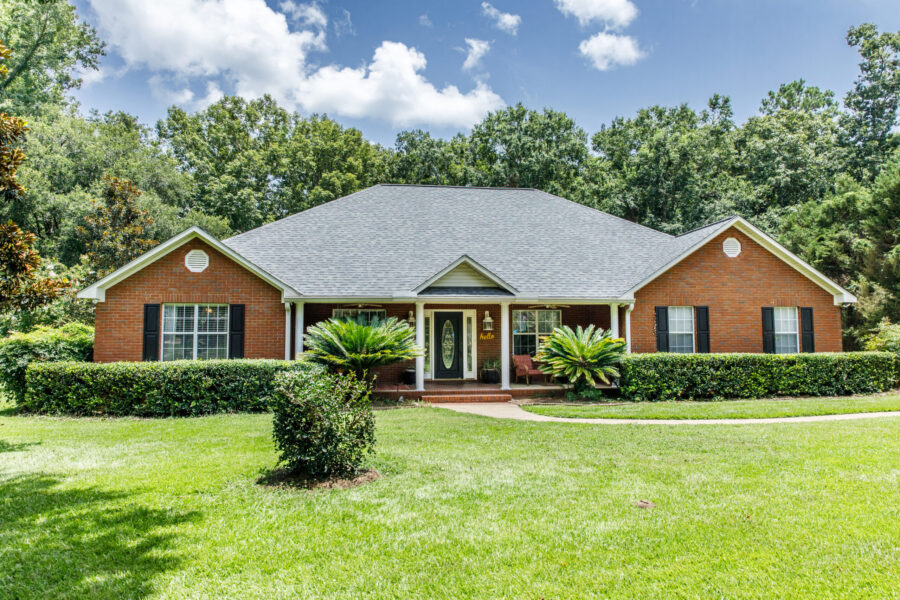Landscaping is more than ornamental bushes, lush gardens, and stone walkways. Landscaping protects your house in the event of heavy rain and flooding. Protecting your home against storms is considered preventive maintenance, and we recommend you take appropriate precautions.
Indiana averages a whopping 42 inches of rain every year, and that’s not counting the extra 14 inches of snowfall every winter. Plus, flooding is the number one natural disaster in the United States, so it’s not an issue to take lightly. Do you think it’s time to consider professional landscaping to protect your house?
When it rains, part of the water seeps into the ground surrounding your home and becomes groundwater. The rest of the rainwater flows off on the surface. How much water drains off and how much seeps away depends on your landscaping.
Vegetation
Landscaping protects your house in the most natural way. In the wild, rain first falls on plants. Especially during the first of the rainfall, no water penetrates through the canopy of leaves or needles of the trees. Only when more rain falls than remains on the plants does it begin to drip and gradually reach the ground.
Having the right plants prevent flooding because they hold onto water. Some plants can hold two liters of water per square meter. Most of this water evaporates, and you need never worry about flooding. The vegetation in your yard stores water and improves the water absorbency of the soil surface because the roots allow water to seep in faster.
The best vegetation to prevent flooding is native plants and natural grasses. Because they’re already ideally suited for their environment, your lawn will be healthier and add extra preventive measures in your flood plan.
Install Additional Storage
Additional collection containers help minimize the consequences of heavy rain. They catch water and can delay drainage. These rainwater containers are especially important when the soil itself does not have good absorbency power. For example, loamy soil absorbs water much worse than sandy soil.
The classic water reservoir is a simple rain barrel. Then you can use the water to irrigate the garden, saving money and saving your home from flooding at the same time.
Ponds with a seepage area made of gravel can also absorb additional water for a short time and slowly release it into the ground.
Protect Entrances
If possible, all entrances should have a step or a small ramp and should not be at ground level so that surface water can’t easily penetrate the building.
Lower garages can be effectively protected by wide thresholds. They prevent water from the street from simply flowing down the driveway.
Landscaping Protects Your House by Directing Rainwater
Protection against flooding also includes measures that ensure water on the property can seep away better. Sealed areas such as driveways or terraces should be replaced by absorbent materials.
If the permeation area on your property is too small, this can lead to an overload or even failure of the public sewer system, which in turn can cause the water to flow back into the building or home.
The first step towards effective risk prevention should be looking at your own home’s potential for flood damage. The landscaping experts at Aisling View can help prevent flooding from storms by installing paths, ponds, gardens, foundation plantings, fountains, and patios. Call us today at 317-636-9408 to beautify your landscaping and protect your home or business from flood damage.
Are you on Facebook? We are, too. Let’s be friends!







Recent Comments